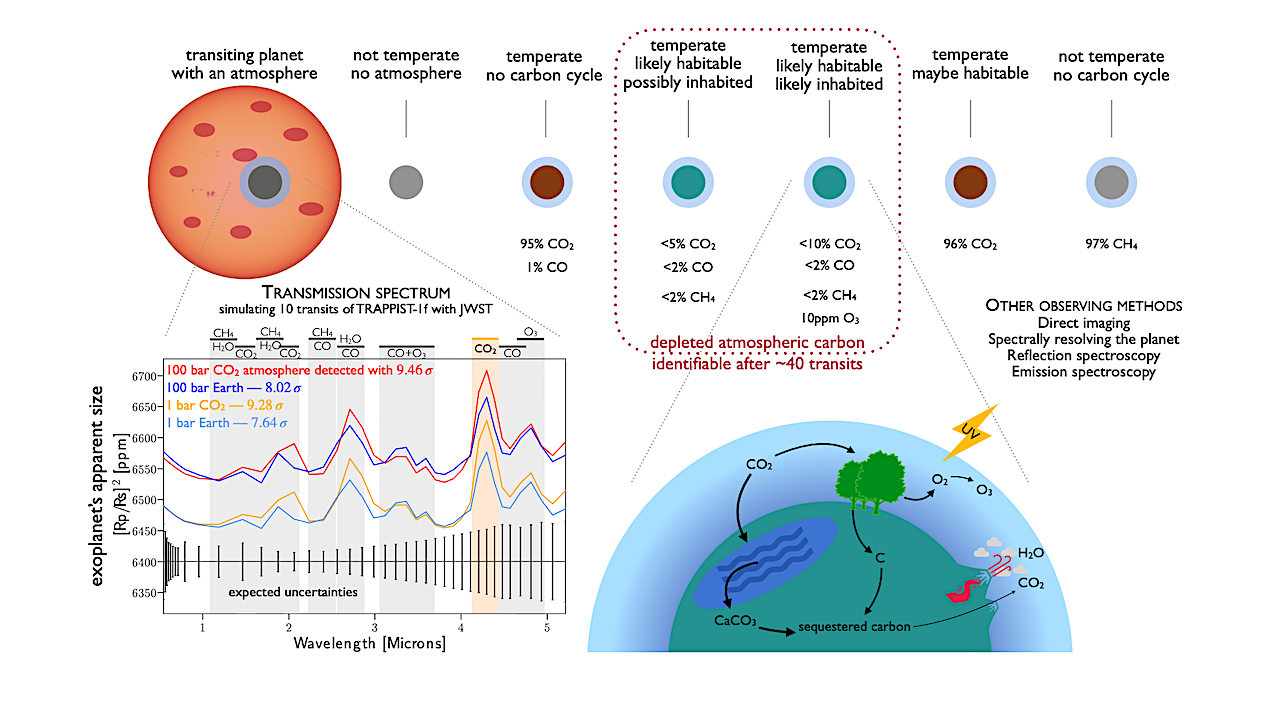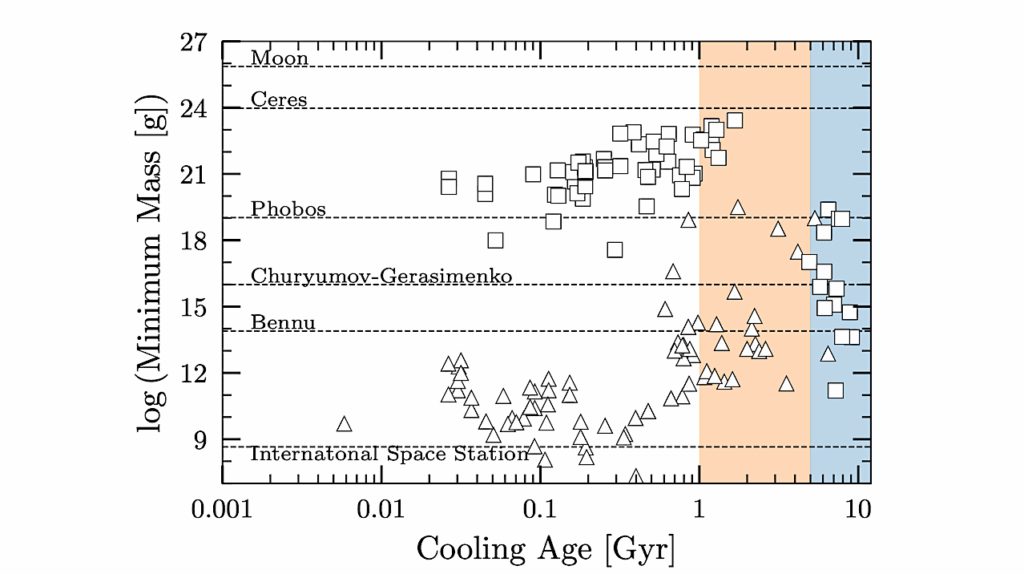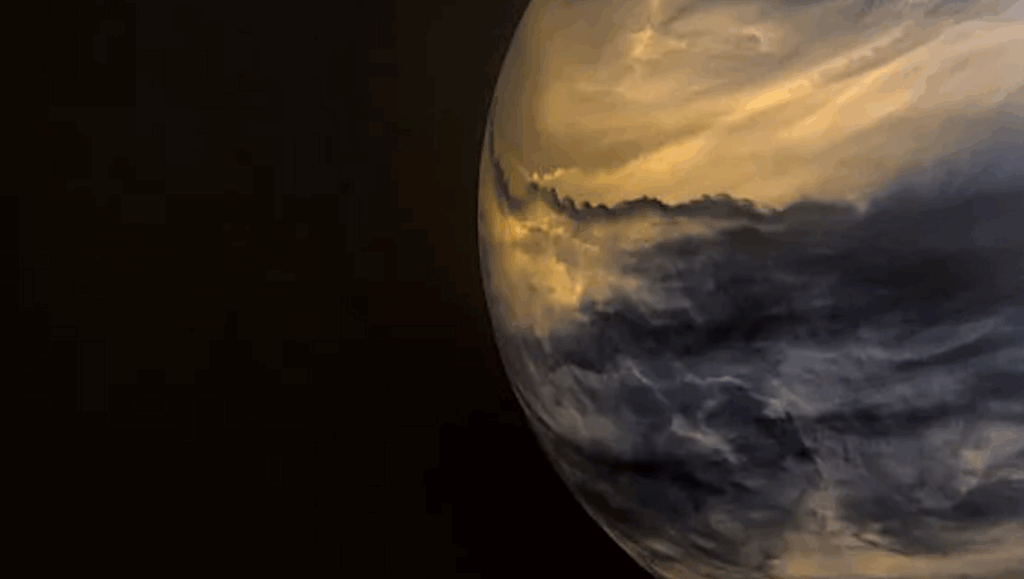Atmospheric Carbon Depletion As A Tracer Of Water Oceans And Biomass On Temperate Terrestrial Exoplanets

The conventional observables to identify a habitable or inhabited environment in exoplanets, such as an ocean glint or abundant atmospheric O2, will be challenging to detect with present or upcoming observatories.
Here we suggest a new signature. A low carbon abundance in the atmosphere of a temperate rocky planet, relative to other planets of the same system, traces the presence of substantial amount of liquid water, plate tectonic and/or biomass. We show that JWST can already perform such a search in some selected systems like TRAPPIST-1 via the CO2 band at 4.3μm, which falls in a spectral sweet spot where the overall noise budget and the effect of cloud/hazes are optimal.
We propose a 3-step strategy for transiting exoplanets: 1) detection of an atmosphere around temperate terrestrial planets in ∼10 transits for the most favorable systems, (2) assessment of atmospheric carbon depletion in ∼40 transits, (3) measurements of O3 abundance to disentangle between a water- vs biomass-supported carbon depletion in ∼100 transits.
The concept of carbon depletion as a signature for habitability is also applicable for next-generation direct imaging telescopes.
Amaury H.M.J. Triaud, Julien de Wit, Frieder Klein, Martin Turbet, Benjamin V. Rackham, Prajwal Niraula, Ana Glidden, Oliver E. Jagoutz, Matej Pec, Janusz J. Petkowski, Sara Seager, Franck Selsis
Comments: 35 pages, 5 figures
Subjects: Earth and Planetary Astrophysics (astro-ph.EP)
Cite as: arXiv:2310.14987 [astro-ph.EP] (or arXiv:2310.14987v1 [astro-ph.EP] for this version)
https://doi.org/10.48550/arXiv.2310.14987
Focus to learn more
Submission history
From: Amaury Triaud
[v1] Mon, 23 Oct 2023 14:37:15 UTC (1,094 KB)
https://arxiv.org/abs/2310.14987
Astrobiology,








